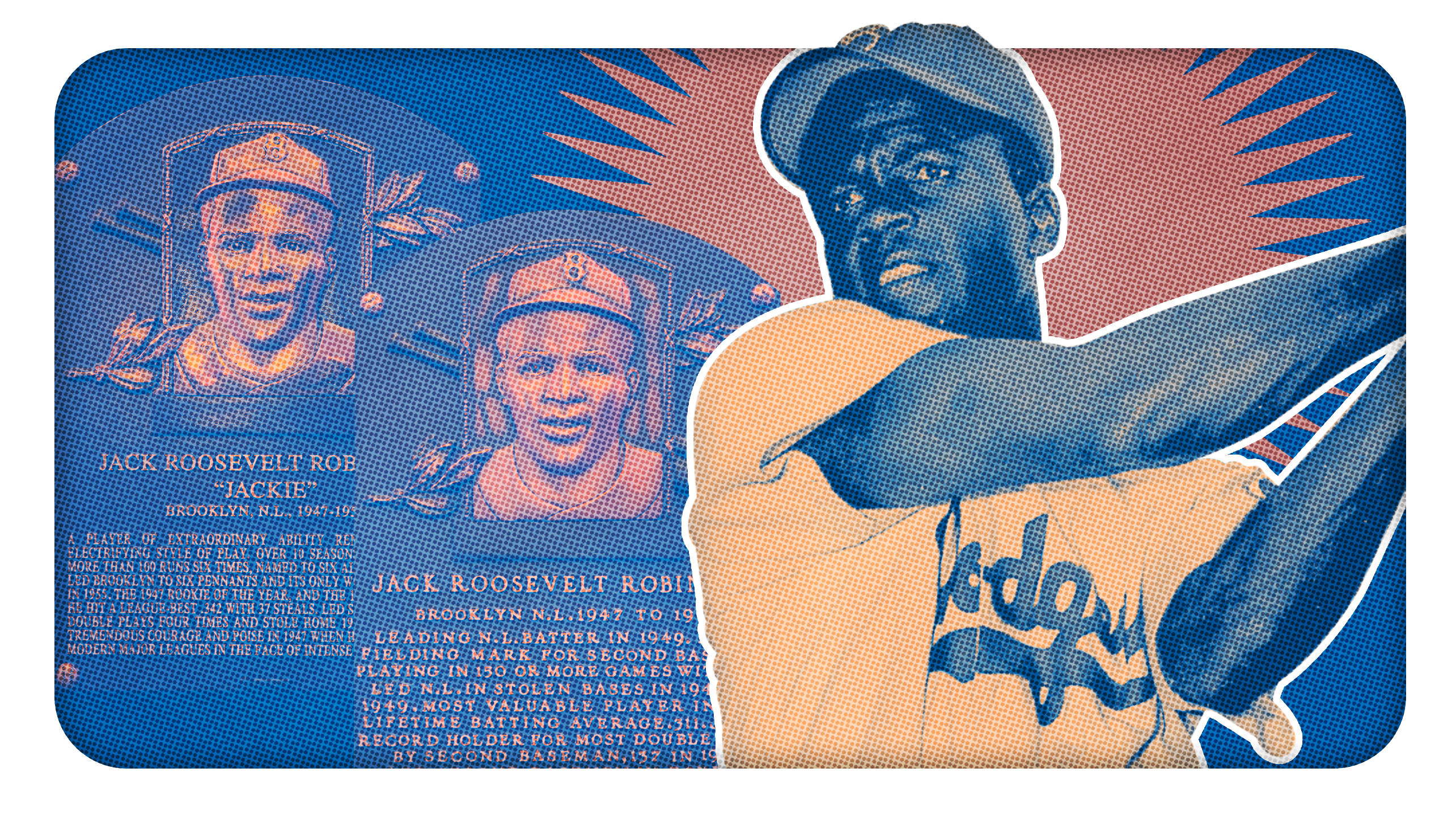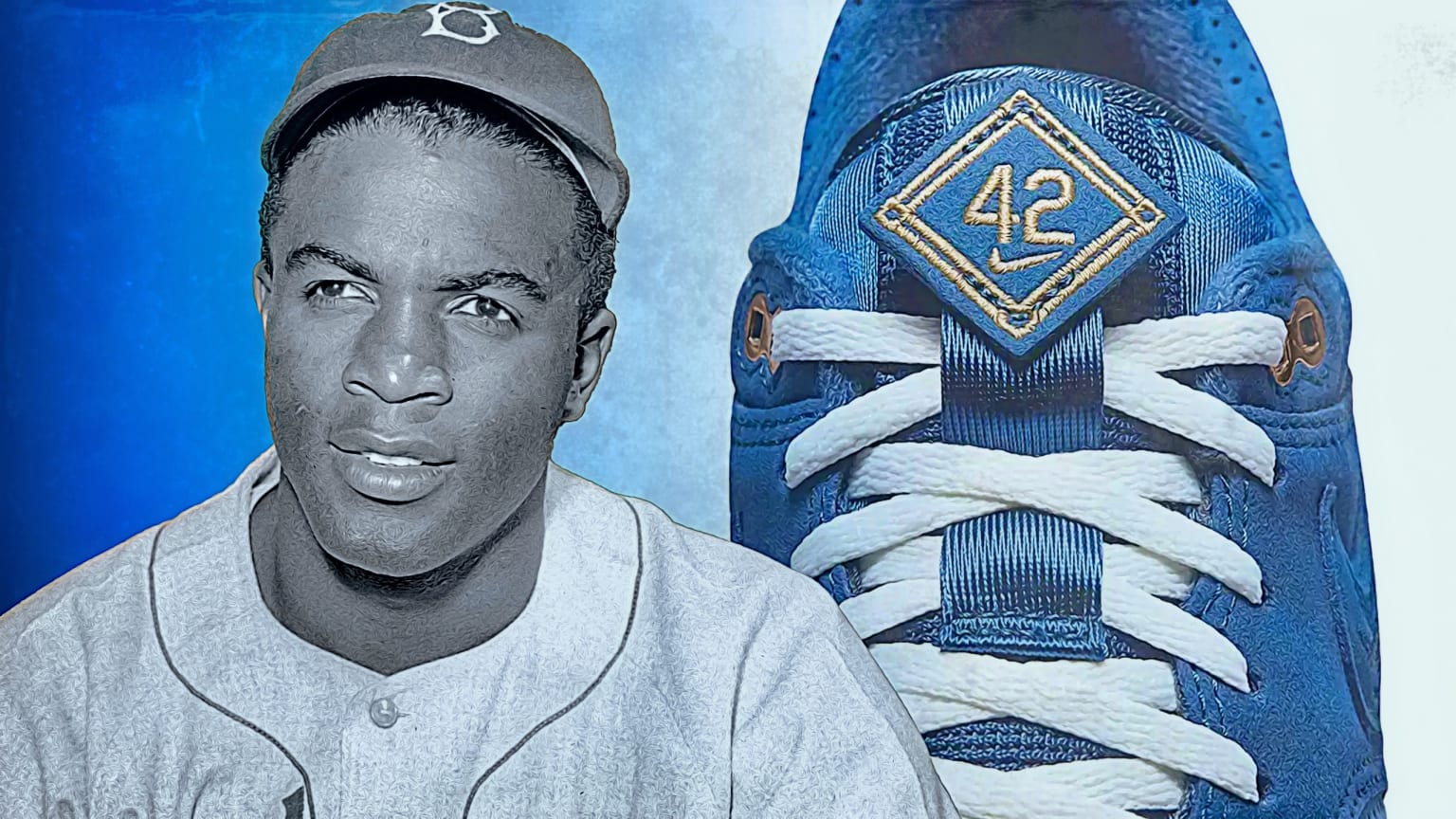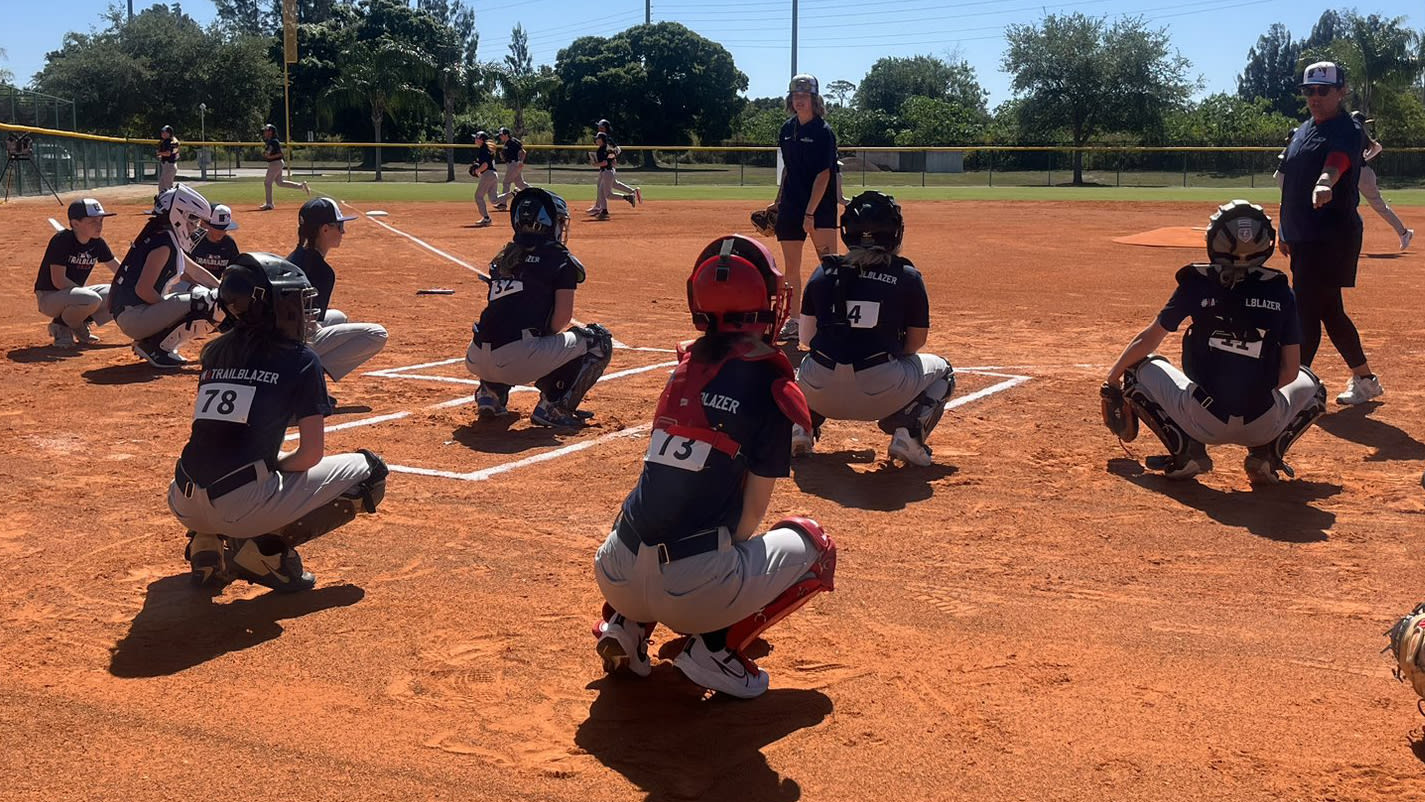Monday, April 15, 2024
Record number of Chinese migrants arrested for illegally crossing into US — same number in six months as the whole of 2023
Crazy Video Shows Car Fly Through Air, Smash Into Garage
| Doorbell camera footage captures the dramatic, short, and ill-fated flight of a mishandled car. www.motortrend.com |
Breaking: Attacks On U.S. Soil predicted Ahead Of NATO Mobilization In Ukraine
https://www.infowars.com/posts/breaking-jack-posobiec-predicts-attacks-on-u-s-soil-ahead-of-nato-mobilization-in-ukraine
Howard University student killed in on-campus crash involving speeding faculty member
Here is a wjla.com article that you might like
What is it with blacks and speeding?
Low impulse control?
The New York Times and black conservative John McWhorter: blacks have a right to slaughter Whites (O.J. Simpson)
monday, february 08, 2016

Above and below: Murder victim Nicole Brown Simpson, after her ex-husband was done with her. “When you go black, you don’t go back.”

 Murder victim Ron Goldman, after his introduction to the Butcher of Brentwood
Murder victim Ron Goldman, after his introduction to the Butcher of Brentwood[Reader note: None of the photographs on this page were provided by the racial socialists at the New York Times, who do not want readers thinking about the true nature of the abomination they support.]
Dante Carlos
Re-posted by Nicholas Stix
This little exercise in intellectual evil reminds of me of Pinch Sulzberger's attempt to turn traitors/spies Ethel and Julius Rosenberg into "victims" of anti-Communist "hysteria," 50 years after they were executed.
John McWhorter: “But after the killings of Walter Scott, Eric Garner, Tamir Rice, Freddie Gray and other unarmed blacks by the police over the past two years, the conversation has changed. Many non-black Americans who were disgusted by the Simpson verdict have become more aware of the ubiquity of police brutality in black lives.”
What bull. “The ubiquity of police brutality in black lives” is a racist code phrase for the ubiquity of black crime. Most blacks consider it “racist” and “police brutality” for white cops to do their jobs, where blacks are concerned. Police didn’t murder a single one of the males above, and neither Walter Scott nor Tamir Rice was unarmed. Scott repeatedly assaulted Officer Michael Slager, and fought with him over, and shot him with his own Taser. Tamir Rice pulled what appeared to be a gun on police. Garner died from his heart condition, after resisting arrest. Freddie Gray harmed himself, in seeking to shake down police for a fortune.
The Opinion Pages | Op-Ed Contributor
What O.J. Simpson Taught Me About Being Black
By John McWhorter
FEB. 3, 2016
New York Times
It is easy to forget how beloved a celebrity O. J. Simpson was in his time — Heisman Trophy winner, N.F.L. superstar, Hollywood actor and pitchman supreme. Until he was arrested in the brutal slayings of his ex-wife Nicole Brown Simpson and her friend Ronald L. Goldman, after a televised police chase that transfixed the nation, he seemed to have transcended his roots in San Francisco housing projects.
Yet if Mr. Simpson’s guilt seemed clear to much of America, African-Americans were disinclined to see it that way. Over months of lurid televised court testimony — now being dramatized in a series that started this week on FX — Mr. Simpson became a symbol, to many blacks, of endemic racism in the justice system. And when a jury with nine black members declared him not guilty on Oct. 3, 1995, black people across the country cheered.
I wasn’t one of them.
I must admit I was as disappointed as many whites that black college students gleefully applauded the verdict as if Mr. Simpson were one of the Scottsboro Boys. While the police and prosecutors had been far from brilliant, and reasonable doubt was, well, reasonable, Mr. Simpson’s innocence seemed decidedly unlikely.
At the time, what I saw was people ignoring the facts in favor of a kind of tribalism. A black journalism professor asked me, as a linguist, to lecture on language and the trial. I’d be glad to, I told him, but I thought Mr. Simpson was guilty. I never heard from him again.
Meanwhile, black friends and family continued coming up with ways that damning evidence could have been planted and obsessing over the use of a racial epithet by a police detective in the case. I felt alienated, angry, disappointed.
But I was missing something. The case was about much more than bloody gloves and bloody footprints. It was about the centrality of police brutality to black Americans’ very sense of self.
I came to realize this when, disgusted with the verdict and the response to it, I began to investigate — at first informally — why so many of my fellow blacks’ takes on racism seemed to me to be more fitting to 1935 than 1995.
After a while I realized that the rub was that my life had spared me from experiencing or even seeing police abuse. I had seen the video images of the vicious beating of Rodney King by Los Angeles officers four years earlier but had lived too fortunate a life to spontaneously see it as something that could happen to me.
To this day I am bemused by the occasional white person who assumes that I have a “story” to tell about triumphing over racism, that I was raised by working-class parents just getting by. I grew up solidly middle class in quiet, leafy suburbs — one integrated, one all black — where the police were the last thing on anyone’s mind. Racism had brushed my life now and then, but not at the hands of the police. This was what kept me from processing the O. J. Simpson business “blackly,” as it were.
What I found when I spoke with people after the Simpson verdict, though, and have found since with numbing regularity, is that what prevents real racial conciliation and understanding in America is the poisonous relations between blacks and the police.
I asked a black office worker what made him so sure Mr. Simpson had been framed, and he recounted just that kind of malfeasance by Oakland cops when he was growing up. And I learned not to assume that only men had such feelings. I asked a middle-class young black woman why she, too, felt that racism was the core of our experience. She instantly told me a story about her brother being senselessly harassed by cops for driving in “the wrong place.”
The conversations were what ultimately prompted my interest in writing about race. And while the positions I took in books and articles went against the leftist orthodoxy, when it came to cops, my feelings had become the same as those more politically correct than I, and that won’t change.
Racism is experienced in many ways, but as Ellis Cose has put it, “Rage does not flow from dry numerical analyses of discrimination or from professional prospects projected on a statistician’s screen.” Talk to most black people about racism and you need only count the seconds before the cops come up.
Amid the round-the-clock cable coverage of the Simpson case, America learned the difference between what the cops mean to black people versus what they mean to most others.
Too few got the message at the time.
But after the killings of Walter Scott, Eric Garner, Tamir Rice, Freddie Gray and other unarmed blacks by the police over the past two years, the conversation has changed. Many non-black Americans who were disgusted by the Simpson verdict have become more aware of the ubiquity of police brutality in black lives.
I suspect that the black response to the verdict, if it happened today, would surprise far fewer whites than it did 20 years ago.
The Simpson show has been over for a long time, so long that now we can watch it performed by actors as an actual show. Its ending wasn’t pretty, but it was telling, and today I understand why.
John McWhorter, a linguistics professor at Columbia, is the author of “The Language Hoax” and the forthcoming “Words on the Move” and “Talking Back, Talking Black.”
Previously, at WEJB/NSU:
“‘It’s Over’ Between Anthony Weiner and O.J.”;
“O.J. Simpson Prosecutor Chris Darden: Lead Defense Atty Johnnie Cochrane Tampered with Glove, Prior to Dramatic Courtroom Demonstration”;
“Brentwood Butcher O.J. Simpson: I Have Cancer, So Obama Should Grant Me Yet Another Get-Out-of Jail-Free Card”;
“Did Robert Kardashian Hide O.J. Simpson’s Murder Weapon?”;
“O.J. Simpson Week”; and
“Tonight, ABC’s 20/20 is Taking a Look Back at the O.J. Simpson Civil Trial; See the Only Time Simpson Had to Answer Questions by a Skilled Attorney About the Murders of Nicole Brown and Ron Goldman; See Interviews with the Victims’ Relatives and Their Attorney; and Read About Blacks’ Destruction of the American Jury System.”
 Nicole Brown Simpson, after a non-murder session with her husband
Nicole Brown Simpson, after a non-murder session with her husband "O.J. Simpson greets reporters ahead of a court date. (Fred Prouser, REUTERS/April 6, 2005)"
"O.J. Simpson greets reporters ahead of a court date. (Fred Prouser, REUTERS/April 6, 2005)"jeopardy! news: Meet Alison Betts
By Jerry PDX
monday, april 15, 2024 at 10:45:00 p.m. edt
Jeopardy! is looking very nice right now, with a beautiful blonde White woman possibly shaping up to be a super champ. Alison Betts has won three games in a row, two of them runaways, so she just needs two more wins to definitely qualify for the tournament.
https://jeopardytonight.com/alison-betts-jeopardy-profile-age-job-family-stats/
https://www.youtube.com/watch?v=ZzxLXvh_M7o
She’s almost at 100K in winnings already, and if I remember my rules correctly, if a contestant wins 100K, they can also qualify for the tournament, even if they don’t win five games. Looking at her face after having to endure the repulsive sight of Amy is like heaven in comparison. If she is as good as Victoria we’ll have two hetero females in the tournaments to help balance out with gender psychos “Amy” Schneider and “Mattea” Roach. No way this Alison is a lesbo. I may not have the best gaydar, but I can tell she’s definitely straight. Watch and root for her.
canadian company under fire for mocking indian customer’s name
sunday, april 14, 2024 at 10:46:47 p.m. edt
"canadian company under fire for mocking indian customer's name" — rt india
https://www.rt.com/india/595868-canadian-company-mocking-indian/
Assyrian Christians in australia riot after stabbing at church service
monday, april 15, 2024 at 10:47:33 p.m. edt
Assyrian Christians in australia riot after stabbing at church service
https://vdare.com/posts/assyrian-christians-in-australia-riot-after-stabbing-at-church-service
Look closely at the embedded post of Ian Miles Cheong.
Looks like they did cut the kid’s fingers off.
Watch out for the flash mob! bracing performance of Wilhelm Tell gallop by Bonn university student orchestra
To: Nicholas Stix <add1dda@aol.com>
monday, april 15, 2024 at 08:12:53 p.m. edt
bracing performance of Wilhelm Tell gallop by Bonn university student orchestra
(Friedrich)- Wilhelm(s) Tell-Galopp | Uniorchester Bonn – Camerata musicale
1. Digitaler Orchesterflashmob an der Rheinischen Friedrich-Wilhelms Universität Bonn Finale aus der Ouvertüre zu "Wilhelm Tell" von Gioachino Rossini
"Suicide Mission": Did Boeing's CEO Drive Engineer John "Swampy" Barnett to Suicide, or Did He Have Him Murdered?
Suicide Mission
What Boeing did to all the guys who remember how to build a plane
John Barnett had one of those bosses who seemed to spend most of his waking hours scheming to inflict humiliation upon him. He mocked him in weekly meetings whenever he dared contribute a thought, assigned a fellow manager to spy on him and spread rumors that he did not play nicely with others, and disciplined him for things like "using email to communicate" and pushing for flaws he found on planes to be fixed.
"John is very knowledgeable almost to a fault, as it gets in the way at times when issues arise," the boss wrote in one of his withering performance reviews, downgrading Barnett's rating from a 40 all the way to a 15 in an assessment that cast the 26-year quality manager, who was known as "Swampy" for his easy Louisiana drawl, as an anal-retentive prick whose pedantry was antagonizing his colleagues. The truth, by contrast, was self-evident to anyone who spent five minutes in his presence: John Barnett, who raced cars in his spare time and seemed "high on life" according to one former colleague, was a "great, fun boss that loved Boeing and was willing to share his knowledge with everyone," as one of his former quality technicians would later recall.
But Swampy was mired in an institution that was in a perpetual state of unlearning all the lessons it had absorbed over a 90-year ascent to the pinnacle of global manufacturing. Like most neoliberal institutions, Boeing had come under the spell of a seductive new theory of "knowledge" that essentially reduced the whole concept to a combination of intellectual property, trade secrets, and data, discarding "thought" and "understanding" and "complex reasoning" possessed by a skilled and experienced workforce as essentially not worth the increased health care costs. CEO Jim McNerney, who joined Boeing in 2005, had last helmed 3M, where management as he saw it had "overvalued experience and undervalued leadership" before he purged the veterans into early retirement.
"Prince Jim"—as some long-timers used to call him—repeatedly invoked a slur for longtime engineers and skilled machinists in the obligatory vanity "leadership" book he co-wrote. Those who cared too much about the integrity of the planes and not enough about the stock price were "phenomenally talented assholes," and he encouraged his deputies to ostracize them into leaving the company. He initially refused to let nearly any of these talented assholes work on the 787 Dreamliner, instead outsourcing the vast majority of the development and engineering design of the brand-new, revolutionary wide-body jet to suppliers, many of which lacked engineering departments. The plan would save money while busting unions, a win-win, he promised investors. Instead, McNerney's plan burned some $50 billion in excess of its budget and went three and a half years behind schedule.
But after the FAA cleared Boeing to deliver its first 787s to customers around the end of 2011, one of Swampy's old co-workers says that McNerney's henchmen began targeting anyone with experience and knowledge for torment and termination. One of Swampy's closest colleagues, Bill Seitz, took a demotion to go back west. A quality control engineer named John Woods was terminated for insisting inspectors thoroughly document damage and repair performed on composite materials, which were far less resilient than steel. Good machinists and inspectors who wore wristbands in support of a union drive were framed with dubious infractions. "Everyone from Everett started dropping like flies," remembers a former manager at the plant.
"There's a form we all had to sign that says you take responsibility for anything that goes wrong, and it states pretty clearly that if something happens to a plane because of something you did wrong, you can face a major fine or jail time for that," the manager recalled. "The Everett managers took that seriously. Charleston leadership did not."
The bosses hit Swampy with a new initiative called "Multi-Function Process Performer," through which quality inspectors were directed to outsource 90 percent of their duties to the mechanics they were supposed to be supervising. This was supposed to speed up production and save Boeing millions once it successfully shed the thousands of inspectors it intended to axe. Swampy believed relying on mechanics to self-inspect their work was not only insane but illegal under the Federal Aviation Administration charter, which explicitly required quality inspectors to document all defects detected, work performed, and parts installed on a commercial airplane in one centralized database. Swampy knew he was caught in a prisoner's dilemma. If he went along, he was breaking the law; if he didn't, whistleblowers who complained about unsafe practices were routinely terminated on grounds of violating the same safety protocols they had opposed violating.
Swampy calculated that it would be a bigger pain for Boeing to fire him for doing the right thing than following orders, so he kept his head down and continued managing his inspectors as though he were back in Everett, taking special care to meticulously record every episode of noncompliance (and nonconformance, which is similar but not identical) he encountered. He documented his discovery that machinists installing floor panels had been littering long titanium slivers into wire bundles and electrical boxes between the floorboards and the cargo compartment ceiling panels, where they risked causing an electrical short. A series of mysterious battery fires had already caused the FAA to ground the 787 for a few months just over a year after the first plane had been delivered. He wrote that 75 out of a package of 300 oxygen masks slated for installation on a plane did not actually pump oxygen. His team compiled a list of 300 defects on a fuselage scheduled for delivery, and he discovered that more than 400 nonconforming aircraft parts had gone missing from the defective parts cage and likely been installed on planes illegally and without documentation, by managers and mechanics desperate to get them out the door.
Few quality managers were as stubborn as Swampy. A Seattle Times story detailed an internal Boeing document boasting that the incidence of manufacturing defects on the 787 had plunged 20 percent in a single year, which inspectors anonymously attributed to the "bullying environment" in which defects had systematically "stopped being documented" by inspectors. They weren't fooling customers: Qatar Airways had become so disgusted with the state of the planes it received from Charleston that it refused to accept them, and even inspired the Qatar-owned Al Jazeera to produce a withering documentary called Broken Dreams, in which an employee outfitted with a hidden camera chitchatted with mechanics and inspectors about the planes they were producing. "They hire these people off the street, dude … fucking flipping burgers for a living, making sandwiches at Subway," one mechanic marveled of his colleagues; another regaled the narrator with tales of co-workers who came to work high on "coke and painkillers and weed" because no one had ever had a urine test. Asked if they would fly the 787 Dreamliner; just five of 15 answered yes, and even the positive responses did Boeing no favors: "I probably would, but I have kind of a death wish, too."
The day after Broken Dreams premiered, Swampy got an email informing him that he'd been put on a 60-day corrective action plan four weeks earlier. His alleged offense constituted using email to communicate about process violations; the HR file noted, fictitiously, that his boss had discussed his "infraction" with him earlier.
Swampy was no fool. "Leadership wants nothing in email so they maintain plausible deniability," he wrote in the "comments" space on his corrective action plan paperwork. "It is obvious leadership is just looking for items to criticize me on so I stop identifying issues. I will conform!" He immediately applied for a job on the graveyard shift, whose supervisor promised the gig would go to the manager with the most seniority on the Final Assembly team. But the job went to a manager who had transferred to Final Assembly all of a week earlier, which is when Swampy began to realize he'd been institutionally blackballed from the only company he'd ever worked for.
He got two more internal job offers rescinded after that, including one from a group that was literally desperate for someone with Barnett's breadth of experience. "They didn't care how bad I wanted him," the senior manager told one of Swampy's friends. "They said John Barnett is not going anywhere."
Finally, in early 2017 Swampy happened upon a printout of a list of 49 "Quality Managers to Fire." The name John Barnett was number one. Swampy decided to go on a medical leave of absence, which turned into early retirement on March 1. He called a labor lawyer he knew from a colleague's case, and together they began the seemingly unending process of filing an aviation whistleblower complaint detailing his seven years at the Charleston plant. It made him sick to think that the value of his Boeing shares had tripled over the same period during which he'd watched the company get so comprehensively dismantled. But it was downright surreal to watch the stock price nearly triple once more during the two years after he left the company.
Nine days after the stock reached its high of $440, a brand-new 737 MAX dove into the ground near Addis Ababa, Ethiopia, at nearly 800 miles per hour, killing 157 people on board, thanks to a shockingly dumb software program that had programmed the jets to nose-dive in response to the input from a single angle-of-attack sensor. The software had already killed 189 people on a separate 737 MAX in Indonesia, but Boeing had largely deflected blame for that crash by exploiting the island nation's reputation for aviation laxity. Now it was clear Boeing was responsible for all the deaths.
Swampy had no firsthand experience with the 737 MAX, but it was obvious that the ethos that drove the 787 plant had poisoned that program as well. He began sharing his story in media interviews, and soon the Department of Justice, which had opened a criminal investigation into the MCAS flight control system crashes that quickly widened to encompass the Dreamliner program, came calling as well.
While the criminal probe ultimately shriveled into one of the most pathetic plea bargains in the history of American justice, something shifted within the FAA. Boeing had quietly assumed many of the roles traditionally played by its primary regulator, an arrangement that was ethically absurd, though in practice it probably worked better than being regulated by an agency full of underpaid bureaucrats desperate to ingratiate themselves to Boeing. (Swampy's best friend and later wife Diane Johnson worked at Boeing as an FAA liaison.) Most of the Boeing employees who worked in quasi-regulatory roles were like Swampy, terrified of anything going wrong on a plane they had inspected and deeply skeptical of their bosses, who seemed unconcerned about the consequences.
Amid the MAX grounding, the FAA began to take a closer look at the 787 program that was the subject of so many complaints from workers and airlines. The company had campaigned the FAA heavily to approve a "random sampling" method of inspecting the precision of the shims it cut to connect various pieces of the plane together; a closer look revealed the shims were not as precisely sized as the company had boasted. Eight planes were immediately grounded, and the agency forced Boeing to halt deliveries pending further investigation. Weeks stretched into years as nonconformances and noncompliances piled up; "Boeing Looked for Flaws in Its Dreamliner and Couldn't Stop Finding Them," one headline summarized.
In December 2022, Aviation Week produced a helpful diagram mapping what sections of the plane had caused auditors the biggest headaches. Every single section, from the tip of the nose to the horizontal stabilizers, was marked up with red arrows. In 2023, deliveries were halted in January, February, and again in August over problems with the shimming, the horizontal stabilizer, and God knows what else. Swampy, and hundreds of others who had blown the whistle on Boeing's managerial nihilism, had been thoroughly vindicated. But it was too late. There were no more cleanup crews left at Boeing; too much knowledge had been drained from the company.
"For every new plane you put up into the sky there are about 20,000 problems you need to solve, and for a long time we used to say Boeing's core competency was piling people and money on top of a problem until they crushed it," says Stan Sorscher, a longtime Boeing physicist and former officer of the Society of Professional Engineering Employees in Aerospace (SPEEA), the labor union representing Boeing engineers. But those people are gone.
Sorscher has warned Boeing management for decades now of the catastrophic effects of the brain drain inflicted by its war on "brilliance." He says McDonnell Douglas managers published a statistical analysis in 1997 gauging productivity against the average seniority of managers across various programs that found that greener workforces were substantially less productive, which he found to be a "mirror image" of a kind of "rule of thumb" within Boeing that held that every Boeing employee takes four years to become "fully productive." But the average employee assigned to the 737 program has been at Boeing just five years, according to a longtime Boeing executive who is involved in various efforts to save the company; for comparison's sake, he says the average employee assigned to the 777 program had between 15 and 20 years under their belt. The typical engineer or machinist assigned to the task of fixing Boeing's 20,000 problems has never known a Boeing that wasn't a five-alarm dumpster fire.
There's a terrifying visual representation of this: the satellite view of the Moses Lake Municipal Airport in an arid stretch of Washington east of Seattle, or the Southern California Logistics Airport in Victorville, California, where hundreds of Boeing 737 MAXes sit in abandoned parking lots waiting for someone to fix them so they can finally be delivered. Meanwhile, pieces are flying off the Boeing planes actually in use at an alarming rate, criminal investigations are under way, and another in a long line of stock-conscious CEOs is stepping down. Boeing's largest union, the Machinists, is trying to snag a board seat because, in the words of its local president, "we have to save this company from itself."
SPEEA has demanded, understandably, that the board choose an aerospace engineer as its next CEO. But there are few signs that will happen: None of the names floated thus far for the spot have been aerospace engineers, and the shoo-in for the position, GE's Larry Culp, is not an engineer at all.
By now you know what became of Swampy: He was found dead a few weeks ago with a gunshot wound to his right temple, "apparently" self-inflicted, on what was meant to be the third day of a three-day deposition in his whistleblower case against his former employer; his amended complaint, which his lawyer released last week, is the basis for much of this story.
It is worth noting here that Swampy's former co-workers universally refuse to believe that their old colleague killed himself. One former co-worker who was terrified of speaking publicly went out of their way to tell me that they weren't suicidal. "If I show up dead anytime soon, even if it's a car accident or something, I'm a safe driver, please be on the lookout for foul play." Swampy's wife Diane, who worked at Boeing for 28 years, died of brain cancer at age 60 in late 2022.
Discussing Swampy's death and the whistleblower lawsuit he left behind, the longtime former Boeing executive told me, "I don't think one can be cynical enough when it comes to these guys." Did that mean he thought Boeing assassinated Swampy? "It's a top-secret military contractor, remember; there are spies everywhere," he replied. More importantly, he added, "there is a principle in American law that there is no such thing as an accidental death during the commission of a felony. Let's say you rob a bank and while traveling at high speed in the getaway you run down a pedestrian and kill them. That's second-degree murder at the very least."
Jackie, Jackie, Jackie: baseball, inc.'s obsessive tributes to the man who doesn't belong in the hall of fame
From: MLB Morning Lineup <info@marketing.mlbemail.com>
Date: Mon, Apr 15, 2024 at 8:58 AM
Subject: Why Jackie has two Hall of Fame plaques
|













